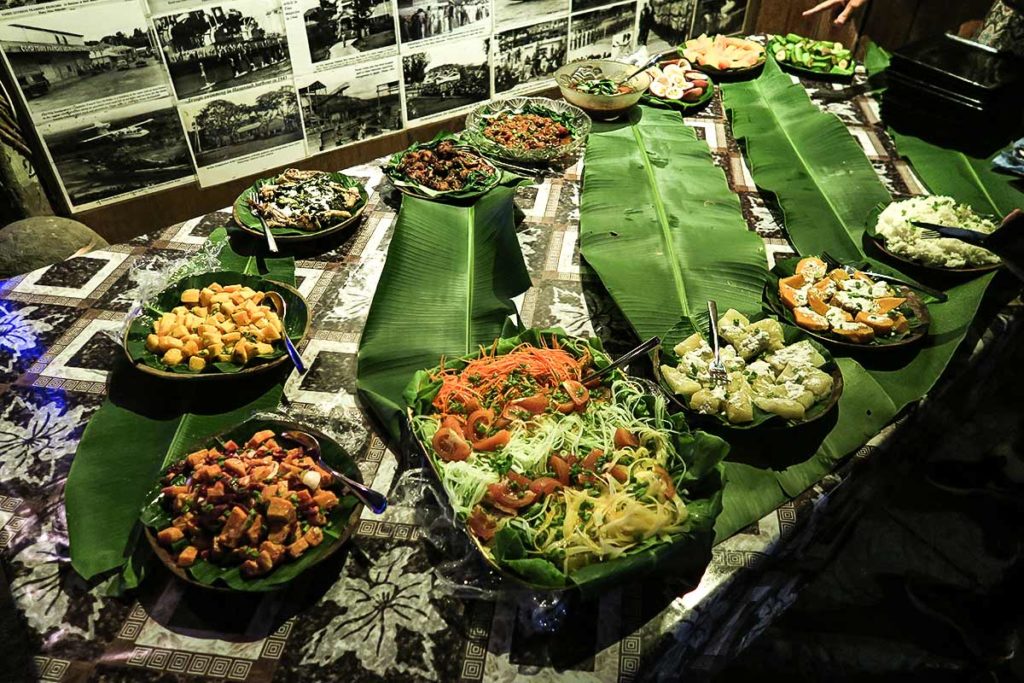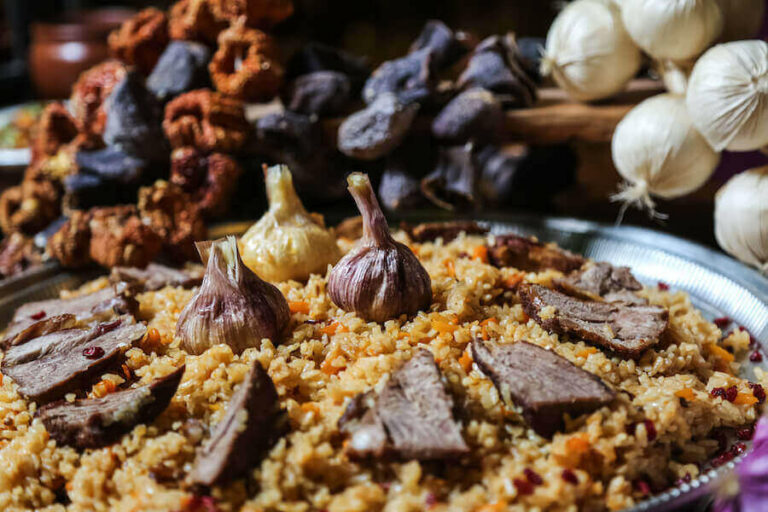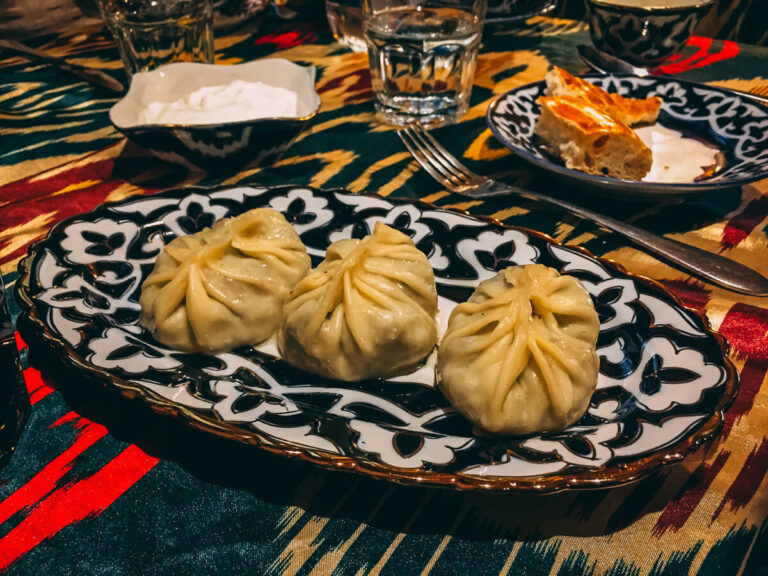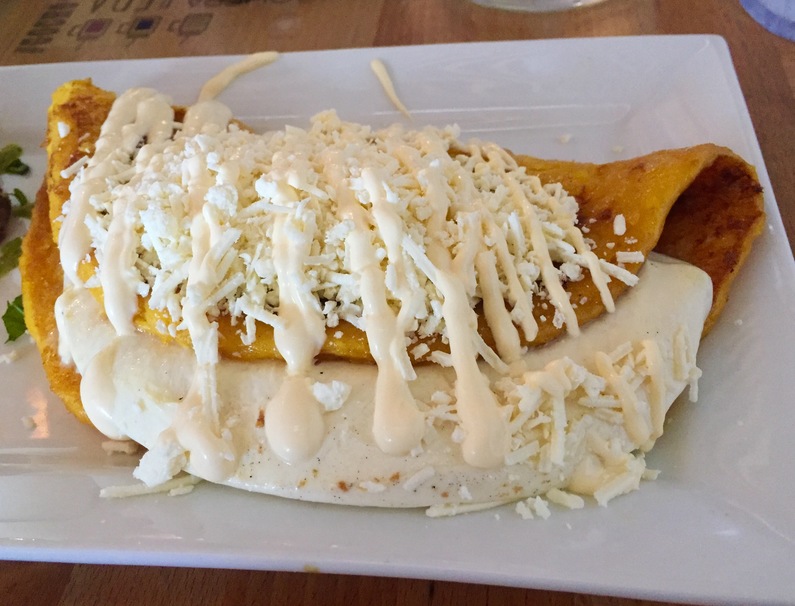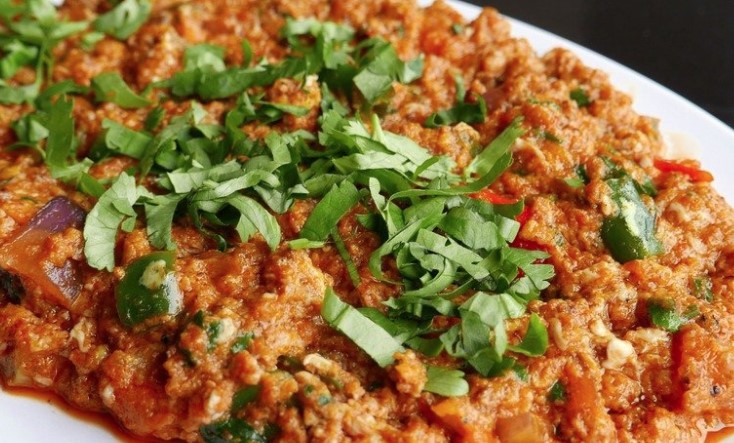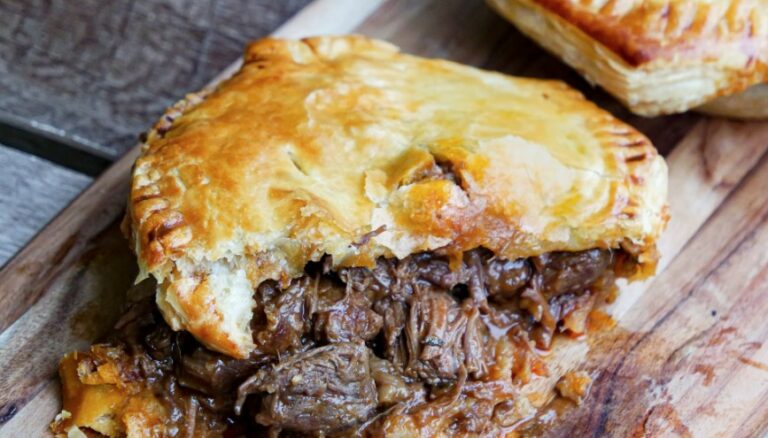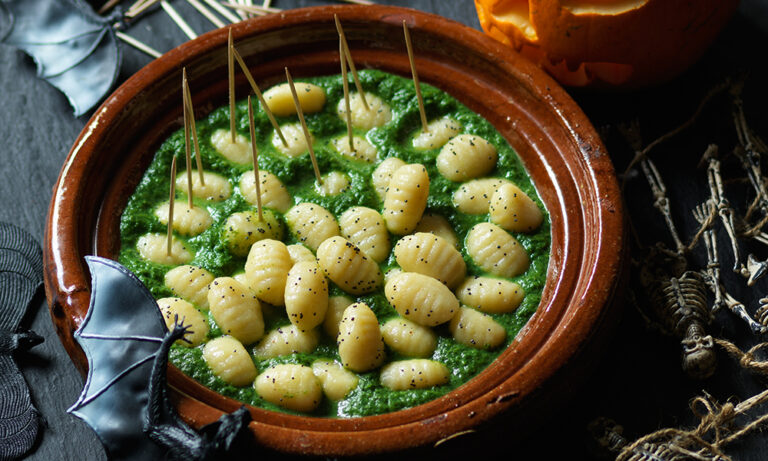Introduction: Vegetarianism in Uruguay
Uruguay may be a small country, but it boasts a diverse culinary scene that is heavily influenced by its neighbor, Argentina. However, traditional Uruguayan cuisine predominantly features meat and seafood, making it a challenge for vegetarians to find meat-free options. Vegetarianism is still a relatively new concept in Uruguay, but it is gradually gaining popularity. As a result, more and more restaurants are now offering vegetarian-friendly dishes on their menus.
Traditional Uruguayan dishes for vegetarians
Uruguayans are proud of their cuisine and enjoy sharing their traditional dishes with visitors. For vegetarians, there are a few signature dishes that can be enjoyed without meat. Some of the most popular options include empanadas filled with cheese or vegetables, tortilla española (a Spanish-style omelet with potatoes and onions), and fainá (a chickpea flour flatbread). These dishes are easy to find in most restaurants and cafes, and they are a great way to get a taste of the local culture.
Chivito vegetariano: a Uruguayan classic
Chivito is a delicious sandwich that originated in Uruguay. The original version features steak, ham, bacon, cheese, lettuce, tomato, and mayonnaise. However, vegetarians can enjoy a meat-free version of this classic sandwich by replacing the meat with grilled vegetables, such as eggplant, zucchini, and bell peppers. Many restaurants also offer a vegan mayonnaise option, which can be used to make the sandwich completely plant-based.
Pascualina: a spinach and cheese pie
Pascualina is a savory pie that is typically served as a main dish or a snack. The filling is made from spinach, onions, and cheese, and it is encased in a flaky pastry crust. Pascualina can be enjoyed hot or cold and is often served with a side of salad. This dish is a great option for vegetarians, and it can be found in most bakeries and cafes across the country.
Revuelto Gramajo: a hearty potato dish
Revuelto Gramajo is a popular dish that consists of scrambled eggs, french fries, and ham. However, vegetarians can enjoy a meat-free version of this dish by omitting the ham and adding some sautéed vegetables, such as mushrooms, onions, and bell peppers. This hearty potato dish is often served for breakfast or brunch and can be found in most cafes and restaurants.
Dulce de leche alternatives for vegetarians
Dulce de leche is a sweet, caramel-like sauce that is a staple in Uruguayan cuisine. However, it is made with milk and sugar, making it unsuitable for vegans and some vegetarians. Fortunately, there are several alternatives that vegetarians can still enjoy. Some cafes and restaurants offer dulce de leche made from soy milk or coconut milk, while others may offer a vegan caramel sauce made from dates or maple syrup. These options are just as delicious and are a great way to satisfy your sweet tooth.
In conclusion, while traditional Uruguayan cuisine may be meat-heavy, there are still plenty of vegetarian-friendly options to enjoy. From classic dishes like empanadas and fainá to more modern options like chivito vegetariano and vegan dulce de leche, there is something for everyone to enjoy. So, don’t be afraid to explore the local cuisine and try something new – you might just discover your new favorite dish!


